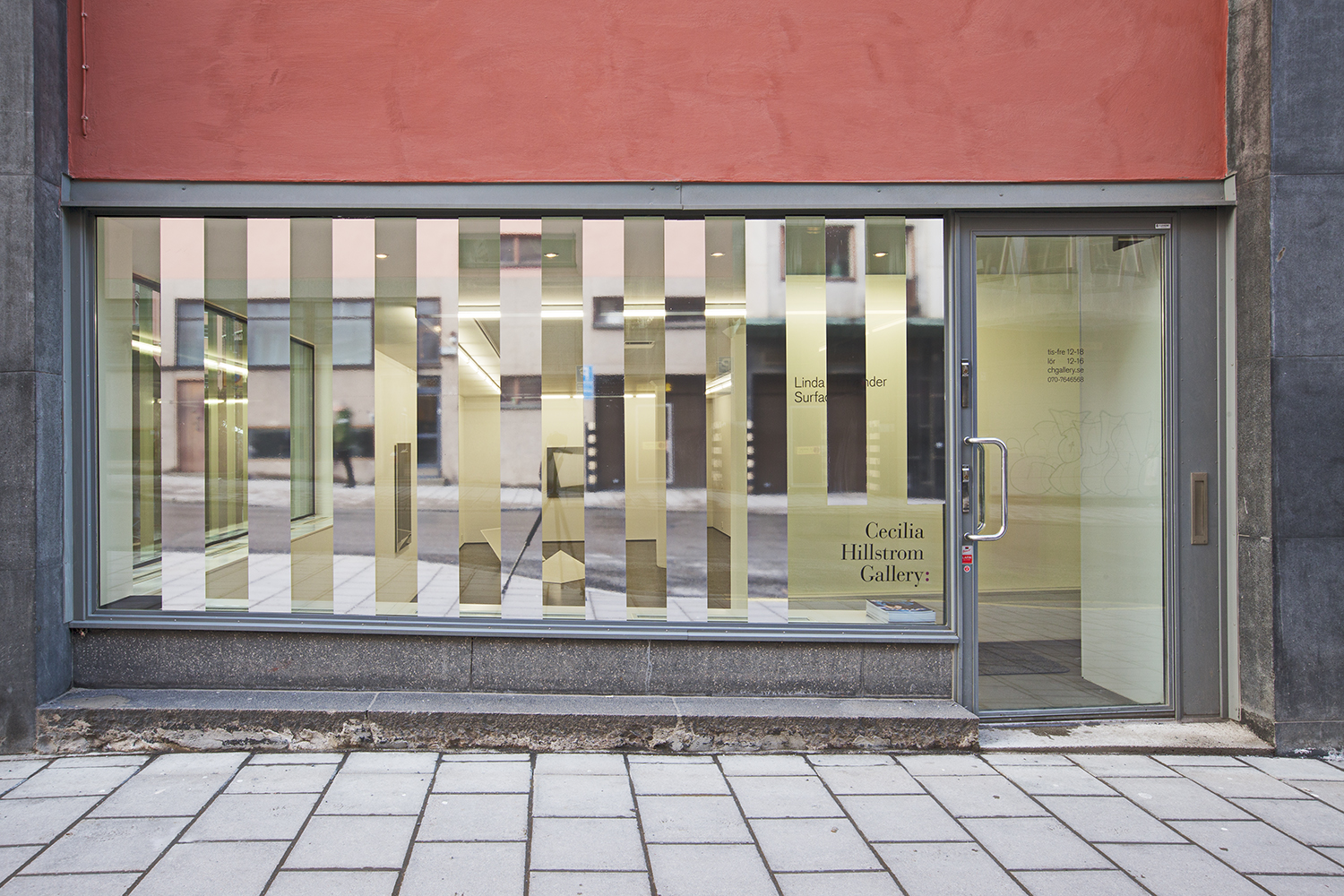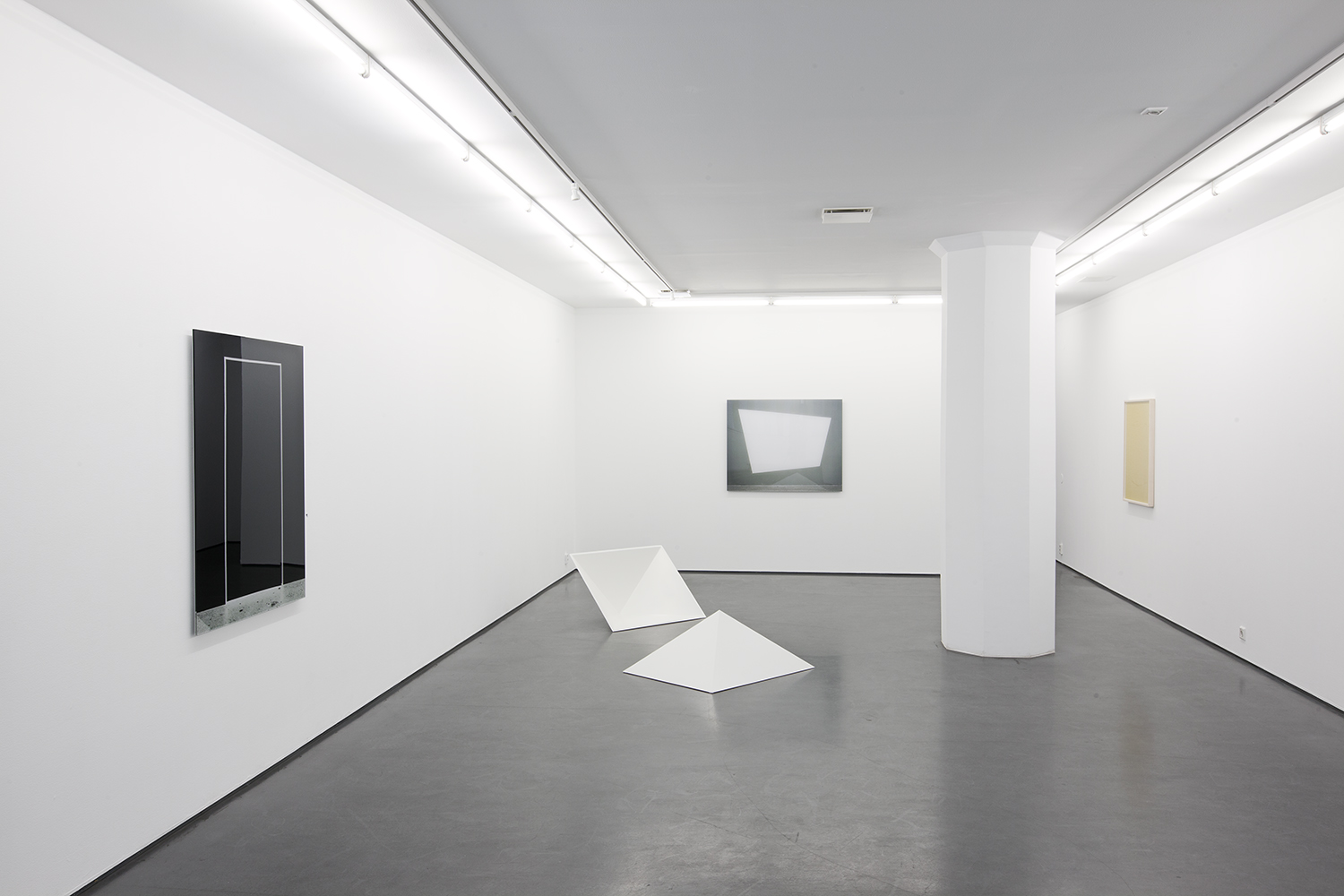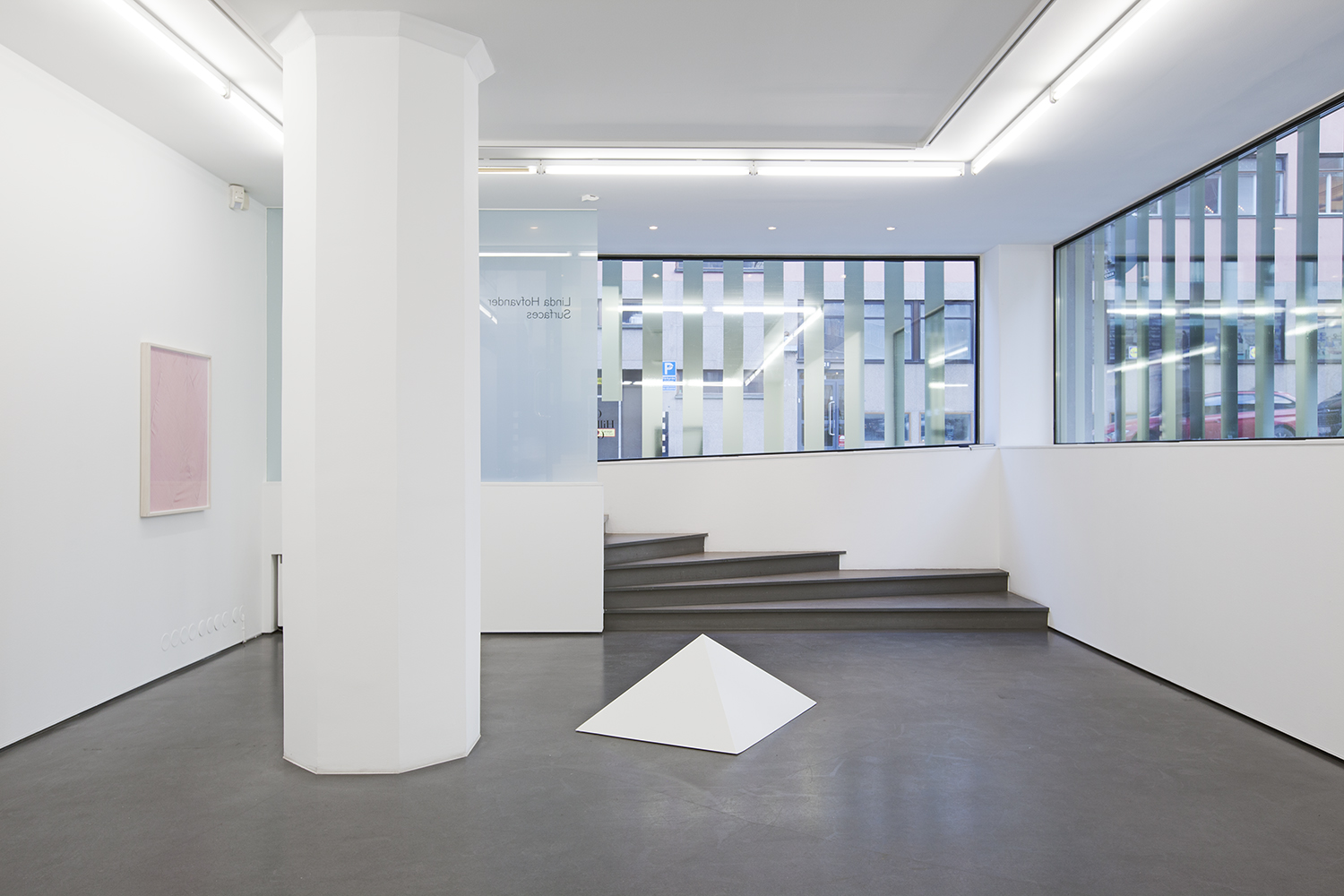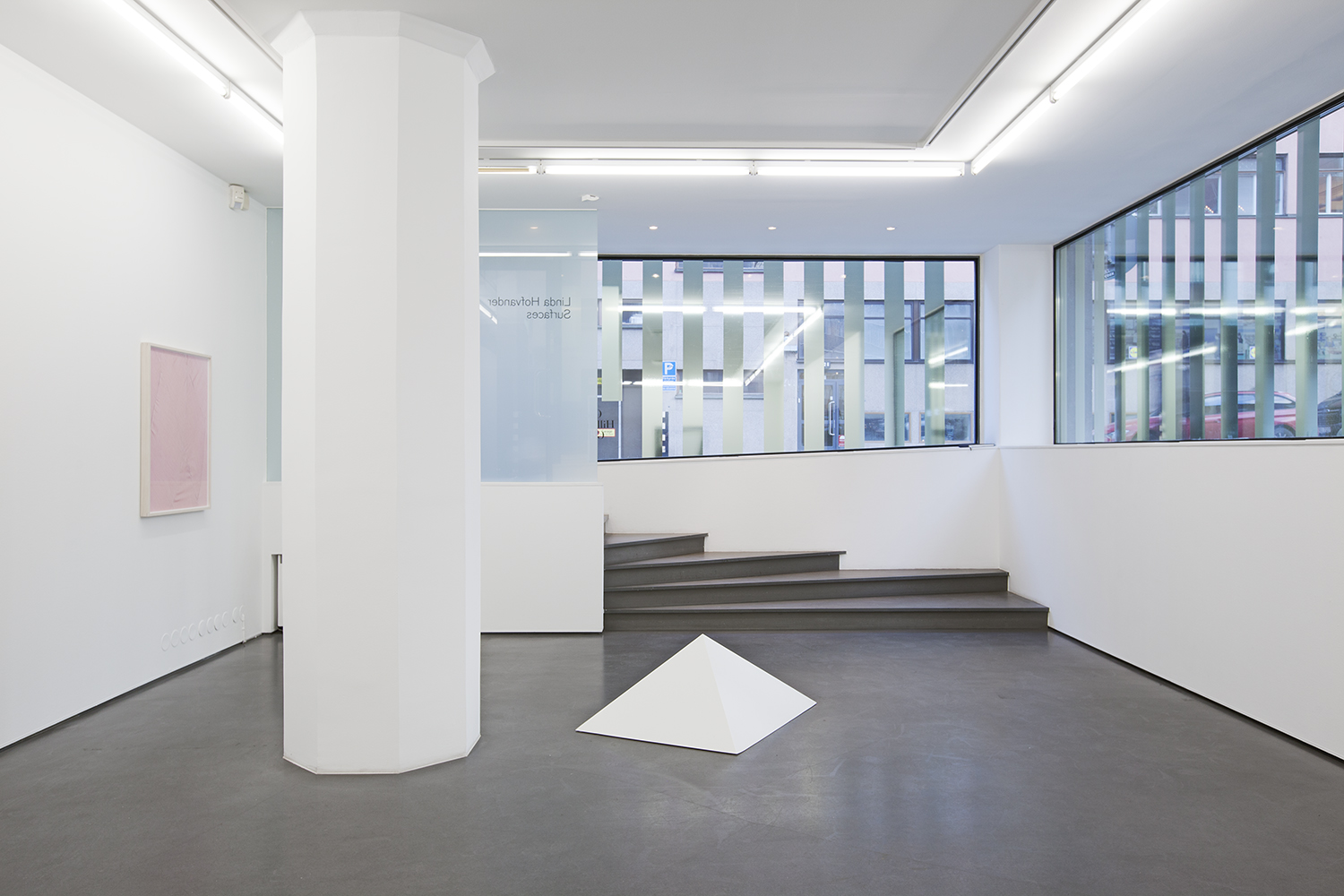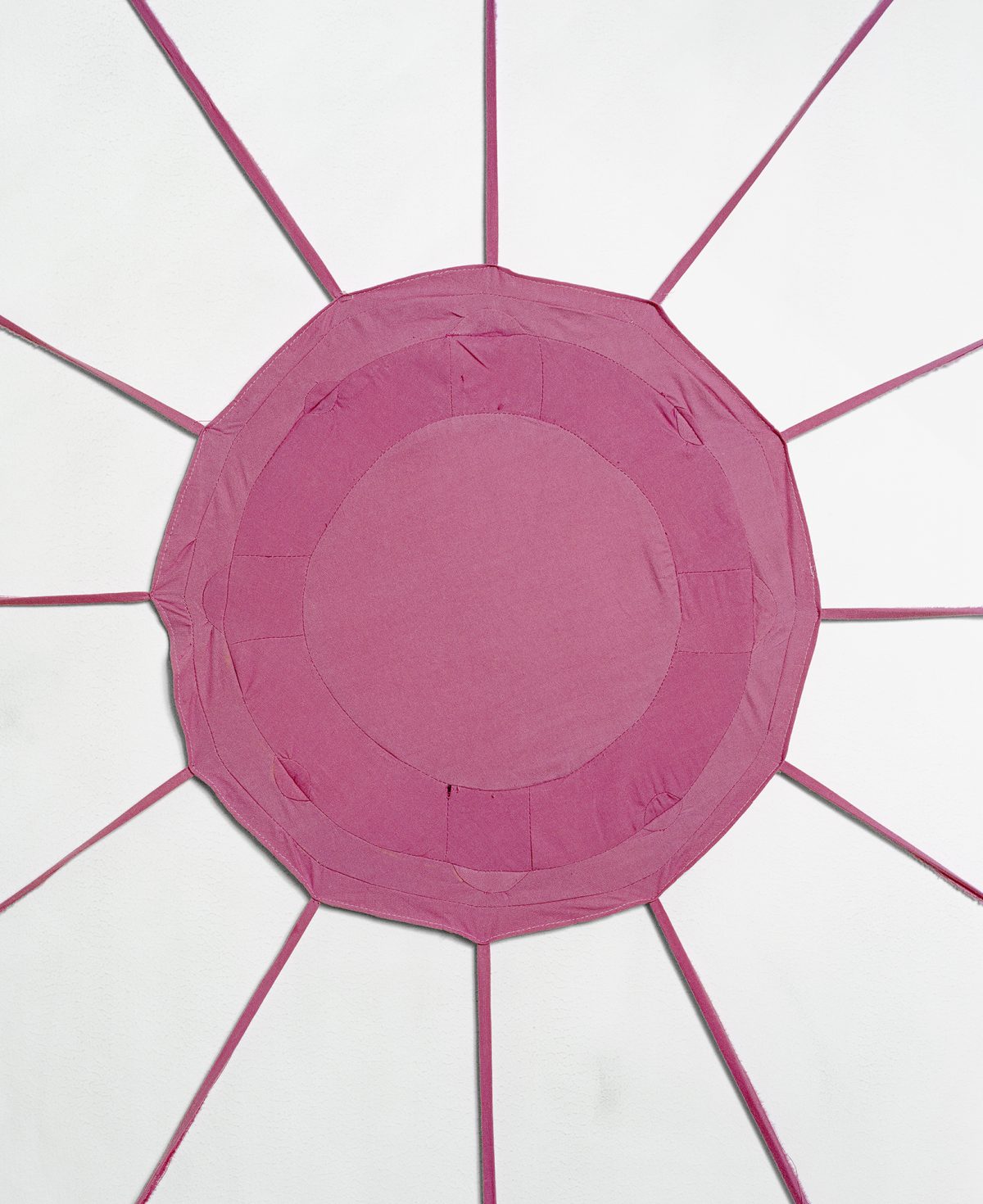In every work of genius we recognize our own rejected thoughts – they come back to us with a certain alienated majesty.
Emerson
Linda Hofvander is not a genius.
None of us are–I’m sorry, but that’s just the lay of the land.
Genius is misconstrued as a title. It is not.
Ingenious is an adjective that perhaps suffices in such case, but even here, the word leans more toward the object than the subject. And so, ”work of genius” is the correct usage, and ”work of a genius” is not. To be an artist and develop as an artist, and in order to achieve the sublime–the succinct and crystal-clear–one must recognize, welcome and nurture an exponential curve of grace throughout one’s development. This grace is facilitated by understanding and embracing the separation between the creator; the thinker, author, maker… or the producer; the initiator, entrepreneur… and the thing created. We achieve and maintain this grace through the realization that art becomes art through a process of animation. Inanimate matter is animated–given life, given attitude, personality, not by us, nor even by our very will, but rather through our knowledge and skills, and the techniques we employ. (The subjugation of one’s will might seem far-fetched in this or any other context concerning art-making, but I am convinced of its pertinence nevertheless). In this context, artworks are, at best, active metaphors in Aristotelian terms. Things are allotted praxis–they are made alive and in action.
But where are these things in Hofvander’s work?
Linda Hofvander experiences a given phenomenon which impresses itself upon her consciousness, for a moment, and then etches itself in her subconscious. This phenomenon can be found, and re-found, in her everyday and, as a trained photographer, Linda might register this phenomenon on film and, subsequently, print. But this registration, no matter how brilliantly presented, could not possibly be art.* Where is the making? Where is the animation? What this artist does is to write her own version of this phenomenon… in her mind, then perhaps on paper, then through studio praxis… with a conviction and exactitude which is sovereignty itself. And a sovereign (or a god, for that matter) does not explain or illustrate. A sovereign simply does. Explanation is the responsibility of the engaged observer, or subject.
She observes a chain-link fence in her everyday. She sees how the grid is not simply in a space, but is projected upon this space, and how anomalies in the chain seem to bend space. She then creates an abstract model for this bending of space, which is not a depiction of the particular anomalies she witnessed, but rather a model which summarizes this phenomenon. She approaches this scientifically, but the technique often seems to me difficult, painstaking. How does she then reach the ”succinct and crystal-clear”? Through her forensic use of the camera (her correct use of the camera in my estimation), her documentation of this model becomes The Thing. This is the true and logical evolution of photography–that the photographic image becomes and is The Thing.
A door ajar, the light behind the door creating a silhouette for the observer in the dark hallway. A carefully shot photographic image of this particular phenomenon would be, in the context of Hofvander’s work, unforgivable. This phenomenon is recreated in the artist’s studio with the utmost formalistic reductive simplicity; in the form of a flat wall painting using only black and white. Again, through the photographing of this forensic restaging, it becomes a thing, the thing.
Things, both living and plastic, are difficult to photograph. One, knowing the subject, often feels disappointed with the result. The flat depiction of the thing seems to have sucked the life out of it, reducing it to a flat depiction of light and shadow. Linda takes a thing, makes a reduced abstraction of it, and manages, through photography, to breathe life into it.
It is noteworthy that she does, after all this, offer us things in her exhibitions. Objects, that is. But these objects are not there to explain anything, because she is sovereign. They are there to jettison us further beyond her thesis. If they are indeed answers, they are answers in the form of questions. I believe the most generous answers are always in the form of questions–which are and remain the responsibility of the engaged subject.
∗ Theoretically, we have evolved with leaps and bounds since the dawn of photography and our early fascination with its trickery of capture. Contemporary media and consumption (including art consumption), however, give evidence to the contrary–that we have regressed into an even more elevated fascination with ”the real” in both photographic representation and ”realistic” figurative depiction in painting).
Clay Ketter
Ölmanäs, December 2018
